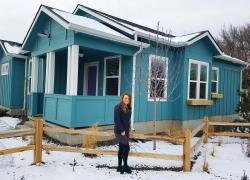Drowsy Driving is a Family Health Issue

(NewsUSA) - Choosing to drive when not fully alert is a form of impaired driving. In fact, drowsy driving causes one in every five deadly motor vehicle crashes. With frequent nighttime awakenings, early school drop-offs, and competing demands, parents and families are especially at risk of drowsy driving.
- Choosing to drive when not fully alert is a form of impaired driving. In fact, drowsy driving causes one in every five deadly motor vehicle crashes. With frequent nighttime awakenings, early school drop-offs, and competing demands, parents and families are especially at risk of drowsy driving.
Not surprisingly, parents with infants and young children are more likely to drive drowsy than non-parents, according to the National Sleep Foundation’s (NSF) 2025 Drowsy Driving survey, but teens are at risk, too. Approximately 1.7 million teens nationwide reported driving while not fully alert. However, parents surveyed by the NSF want to keep their families safe. They ranked getting enough sleep to stay alert while driving as more important to keeping their families safe than a healthy diet, regular exercise, and reduced TV time.
As part of its continued commitment to educate the public about the importance of sleep for health and well-being, NSF produces Drowsy Driving Prevention Week® every year to encourage everyone to Sleep First. Drive Alert.® Fortunately, families can take steps to reduce drowsy driving and stay safe on the road. Put these tips into practice:
Make Sleep a Top Priority for You and Your Family
Family obligations often get in the way of adequate sleep; more than one-third of adults and 20% of teens reported this concern. The good news is that family members can support each other by placing value on getting enough sleep. That means being open and honest about sleep needs, helping each other with household tasks and responsibilities, and creating a family culture that knows the value of sleep for health and safety.
Say Something: Have Conversations About the Dangers of Drowsy Driving
According to the NSF survey, 72% of adults in the U.S. have urged someone not to drive drowsy, and in most cases, they are monitoring a family member. Don’t hesitate to speak up when the driver seems too tired. Also, include prioritizing sleep in discussions about family schedules. NSF recommends seven to nine hours of sleep per night for most adults and eight to ten hours for teens. Don’t forget to remind teens (and adults) to stay off their screens during the last hour before bedtime.
Watch Out for the Warning SignsWhen families are traveling together, pay attention to any signs of driver drowsiness, such as the driver’s frequent yawning, blinking, or inattention to lane control or speed on the road, and encourage them to pull over to a safe place and rest, or allow another family member to take over if possible.

NSF shares more research-backed recommendations to help you feel and perform like your Best Slept Self®. These habits can help lower your risk of drowsy driving.
During the day, things like spending time in bright, natural light, getting regular exercise, and eating meals at consistent times can help your body prepare for sleep. At night, NSF recommends avoiding things like heavy meals, caffeine, and alcohol, keeping a wind-down routine, and sleeping in a place that’s cool, dark, and quiet—which also means putting your screen devices away an hour before bed.
Visit theNSF.org for more key tips while you make your own plan to prevent drowsy driving, plus get NSF’s expert resources to help you be your Best Slept Self®.There’s only one National Sleep Foundation (NSF). NSF is an independent nonprofit organization dedicated to improving health and well-being through sleep education and advocacy. Founded in 1990, the NSF is committed to advancing excellence in sleep health theory, research and practice. In its 35 years, NSF has promoted sleep health through expert recommendations, consensus guidelines, tech standards, and easy-to-use tips and tools to improve sleep.


 - The balance of the world’s wealth is shifting.
- The balance of the world’s wealth is shifting. 
 - Over the next two decades, more than
- Over the next two decades, more than 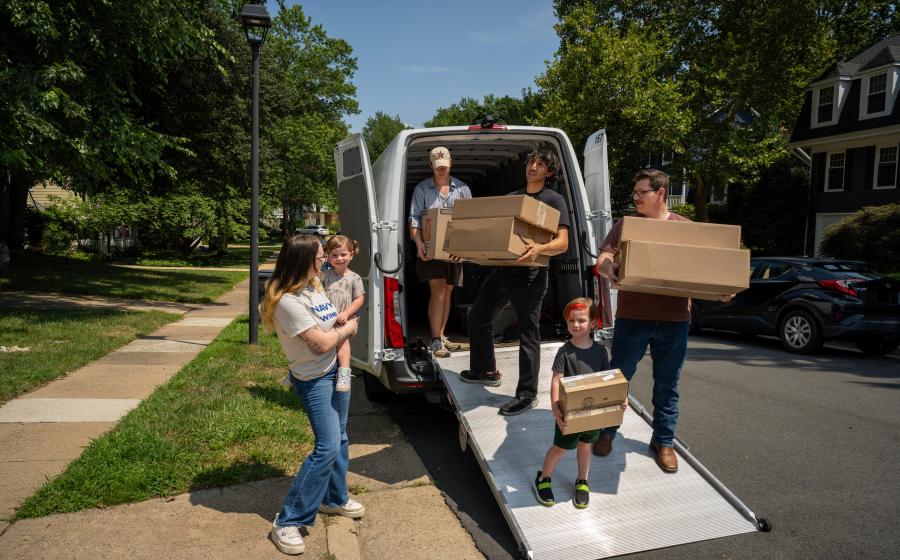
 - For most kids, the back-to-school season means catching up with friends, shopping for supplies, and falling back into familiar routines – military kids face a different reality. They’re often walking into yet another new school, in yet another new city.
- For most kids, the back-to-school season means catching up with friends, shopping for supplies, and falling back into familiar routines – military kids face a different reality. They’re often walking into yet another new school, in yet another new city.
 - The anti-inflammatory medication dupilumab, marketed as Dupixent, is the subject of a lawsuit alleging a link between the use of the medication and the development of a type of skin cancer known as cutaneous T-cell lymphoma (CTCL).
- The anti-inflammatory medication dupilumab, marketed as Dupixent, is the subject of a lawsuit alleging a link between the use of the medication and the development of a type of skin cancer known as cutaneous T-cell lymphoma (CTCL).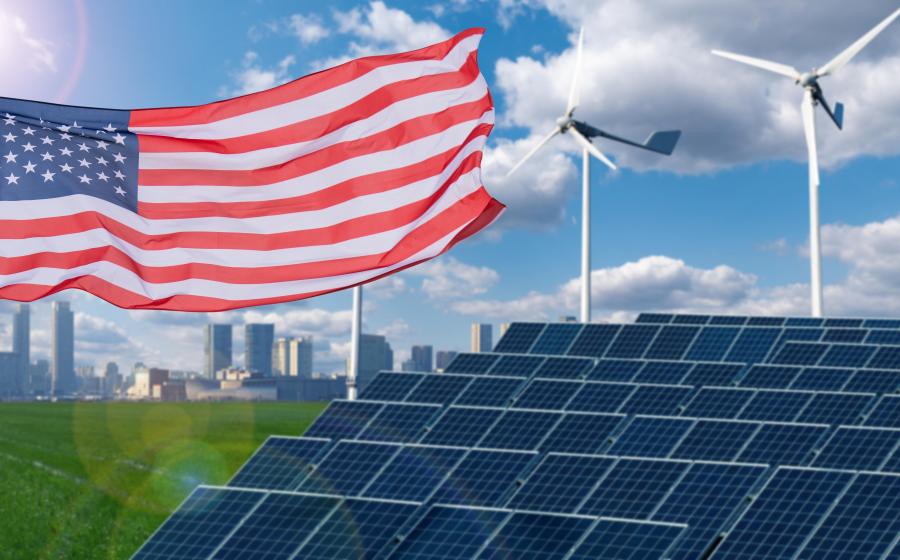
 - The passage into law of the One Big Beautiful Bill Act marks a substantial shift in U.S. energy policy — reversing policies that have powered energy growth to meet skyrocketing energy demand. While proponents cast it as a pro-growth, budget‑cutting measure, its impact on America’s burgeoning solar, wind, and storage industries is profoundly concerning.
- The passage into law of the One Big Beautiful Bill Act marks a substantial shift in U.S. energy policy — reversing policies that have powered energy growth to meet skyrocketing energy demand. While proponents cast it as a pro-growth, budget‑cutting measure, its impact on America’s burgeoning solar, wind, and storage industries is profoundly concerning.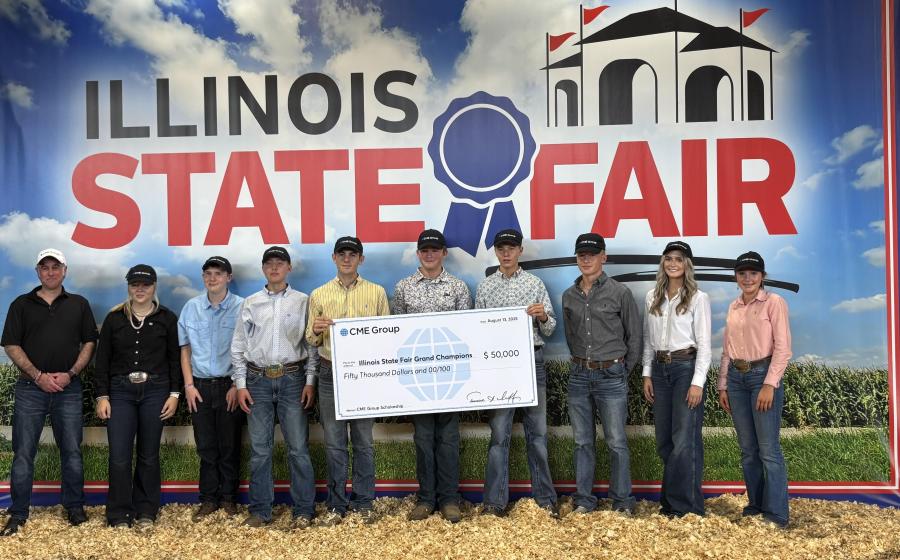
 - The stakes were high at the Illinois State Fair this year with a herd of young farmers ready to showcase their hard work and expertise in the agricultural industry.
- The stakes were high at the Illinois State Fair this year with a herd of young farmers ready to showcase their hard work and expertise in the agricultural industry. 
 - If you filed for a tax extension, you've bought yourself time, but not immunity from risk. As the October deadline approaches, be wary of slick promises from online platforms offering "AI-powered" shortcuts for claiming the federal research and development (R&D) tax credit. The IRS has
- If you filed for a tax extension, you've bought yourself time, but not immunity from risk. As the October deadline approaches, be wary of slick promises from online platforms offering "AI-powered" shortcuts for claiming the federal research and development (R&D) tax credit. The IRS has
 - Shopping online is easy and convenient—you can find almost anything, from snacks to sneakers. But not every product is what it seems. While most sellers are honest, some try to take advantage of shoppers by offering counterfeit goods.
- Shopping online is easy and convenient—you can find almost anything, from snacks to sneakers. But not every product is what it seems. While most sellers are honest, some try to take advantage of shoppers by offering counterfeit goods.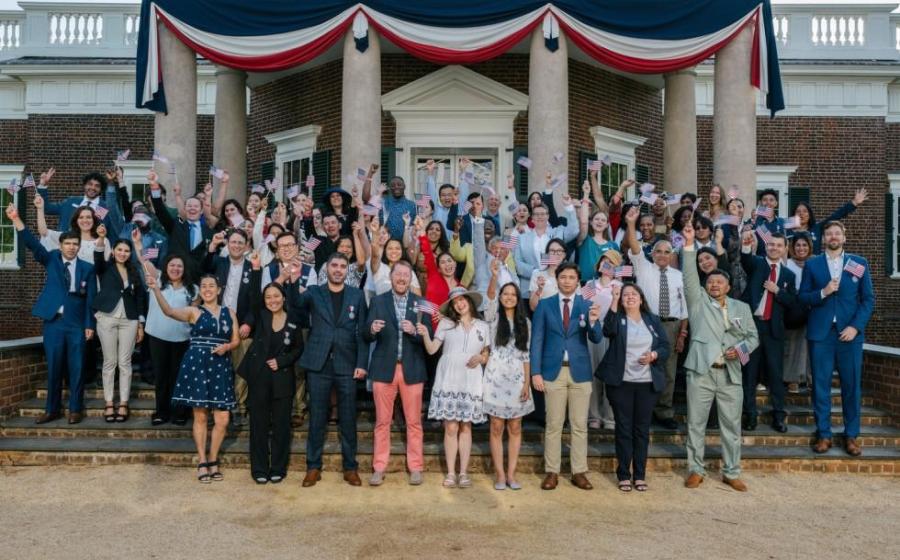
 - On July 4, 2025, Thomas Jefferson's Monticello hosted its 63rd annual immigration and naturalization ceremony, swearing in 74 new American citizens from 40 countries across five continents. Their stories remind us of the promise of the Declaration of Independence we celebrate in this 249th anniversary year.
- On July 4, 2025, Thomas Jefferson's Monticello hosted its 63rd annual immigration and naturalization ceremony, swearing in 74 new American citizens from 40 countries across five continents. Their stories remind us of the promise of the Declaration of Independence we celebrate in this 249th anniversary year.



